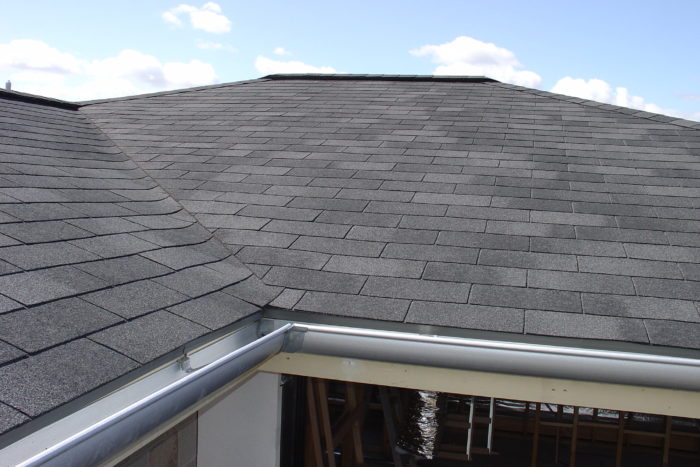What Color Roof Lasts The Longest?

Light-colored roofs tend to last longer as they reflect more sunlight and absorb less heat, reducing wear from thermal cycling. Certain roofing materials and colors may offer better durability and longevity due to their reflective properties and resistance to weathering.
Some factors to consider…
- Reflectivity – Lighter-colored roofs, such as white, light gray, or beige, tend to reflect more sunlight and heat compared to darker colors. This can help reduce heat absorption and thermal expansion, potentially extending the lifespan of the roofing material by reducing thermal stress.
- UV Resistance – Some roofing materials, particularly those with reflective coatings or additives, are designed to resist UV degradation. Lighter colors may provide better UV resistance than darker colors, helping to maintain the integrity of the roofing material over time.
- Heat Absorption – Dark-colored roofs absorb more heat from the sun, which can accelerate the deterioration of roofing materials over time. Lighter-colored roofs reflect more sunlight and heat, reducing thermal stress and potentially prolonging the lifespan of the roof.
- Climate Considerations – The best roof color for longevity may vary depending on the climate. In warmer climates, lighter-colored roofs may be more beneficial for reducing heat absorption and extending the lifespan of the roofing material. In cooler climates, darker-colored roofs may help absorb heat and reduce heating costs in winter months.
- Roofing Material – The type of roofing material also plays a significant role in determining longevity. Some materials, such as metal roofing and clay tiles, offer exceptional durability and longevity regardless of color. These materials are resistant to UV radiation, moisture, and temperature fluctuations, providing long-lasting protection for the structure.
The best color for a long-lasting roof depends on various factors, and homeowners should consult with roofing professionals to choose the most suitable option based on their specific needs and preferences.





Leave a Comment